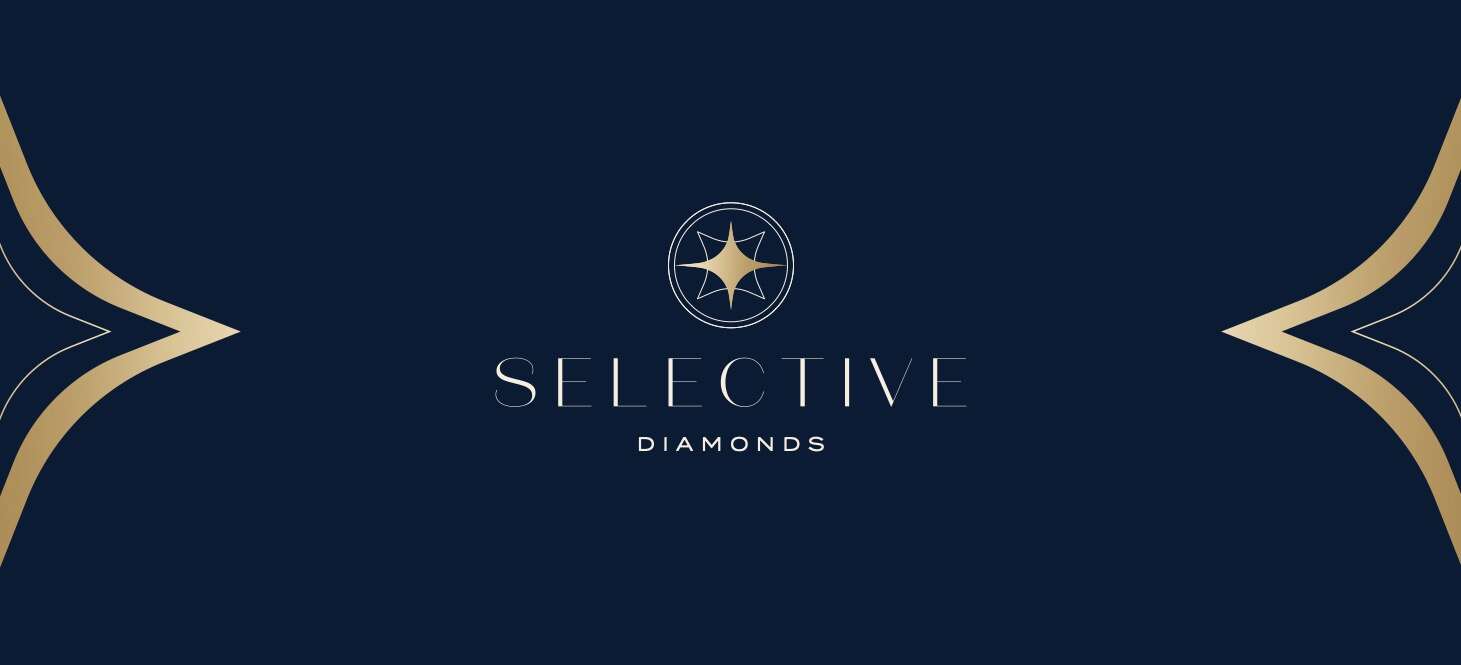
As we were considering what to do with the technology behind Gemvara, I was also at a personal crossroads and trying to decide what I wanted to do next. It was clear Gemvara was going to end. Emotional as that was, it was also liberating.
We started making progress on a proof of concept that we built on the same platform as Gemvara. One that took the learnings from over a decade of B2C and five years of B2B partnerships to create a better experience for both worlds. We not only made it easy to choose between lab grown and natural diamonds, but did so in a way that actually made sense for each material (because much as they are chemically, physically and optically identical, they are two totally different products).
We started to identify a new omni-channel path for engagement. One that puts the customer at the center, rather than the brand or the retailer. It offered a unified product offering and experience regardless if a purchase happened online or in store. And it introduced a seamless way to send customers from our website to a retail store.
We started to explore partnering with better retailers, especially those who are not looking to sell lab grown diamonds (or at least not offer them in store). One where lab-grown diamonds would primarily be sold online (as customers don’t need as much guidance), and where natural diamonds would primarily be sold through better retail partners (where sales associates have the greatest impact). We wanted to provide them with better technology in-store while partnering with them as a concierge for aspirational customers who were not enticed by trade up programs on natural diamonds.
We started making progress on a few new designs to support our new experience. We were inspired by a celestial design concept that was left over from a 2019 Plumb Club initiative, and created a new twin-star design motif we called Duet. We built out an early engagement collection and started exploring designs that would be well suited for other related fine jewelry categories.
While many things started to go well, one did not. We couldn’t get the right buy in (and with a project this technologically and creatively ambitious we needed it). As early tech entrepreneur Marc Andreessen has been quoted saying, “the difference between a vision and a hallucination is that other people can see the vision.” Much as I believed in it, much as I convinced our team, much as we started bringing pieces of it to life, I never was able to get the right people to see the vision before we ran out of time.
Which leads us to now… Lately I’ve been trying to put Gemvara and the ideas from Selective in my rear view mirror. To move on and focus on new challenges at the crossroads of fine jewelry and technology (of which there are no shortage). But I still find myself going back to Selective time and time again.
While some of my desire to look back at all of this is almost certainly therapeutic, and some is just me being tired of having to answer questions about Gemvara, the real reason I’m putting it out there is this: I still don’t think we’ve gotten it right. I still don’t believe we, as an industry, have figured out how to help the next generation discover, choose and purchase whatever it is they consider to be fine jewelry.
One of the many lessons I learned during my time at both Richline and at Honora is to always look for white spaces. Seek out unsolved opportunities in the market and consider new solutions (sadly, this has become a hobby of mine). Of all the opportunities out there, I’m convinced that reimagining the engagement and commitment experience for the next generation is the greatest unsolved white space in front of us all.
So even though Gemvara didn’t work out, and we were not able to bring Selective to life (at least not yet), I wanted to share some of what I learned along the way for anyone else working to blend the traditional world of fine jewelry with an omni-channel future we can’t fully see just yet.
Thank you for following along with this series as I looked back at several lessons, learnings and challenges from my time at Gemvara. If you’re yet to subscribe to receive future posts on the crossroads of technology and fine jewelry by email, please do!
Essential Side Note: Thanks to everyone who worked on both Gemvara and Selective over the past few years, to everyone who worked on the Gemvara business before it ever came into my life, and especially to those who were there at the end. JP, Jake, Devin, Matt, Emylee, Vanya, Theo, I can’t thank you enough. Matt, Shana and JP, thank you for your guidance and patience. And to Dave and Jeff, thank you for the time you gave us to explore and try to figure things out.